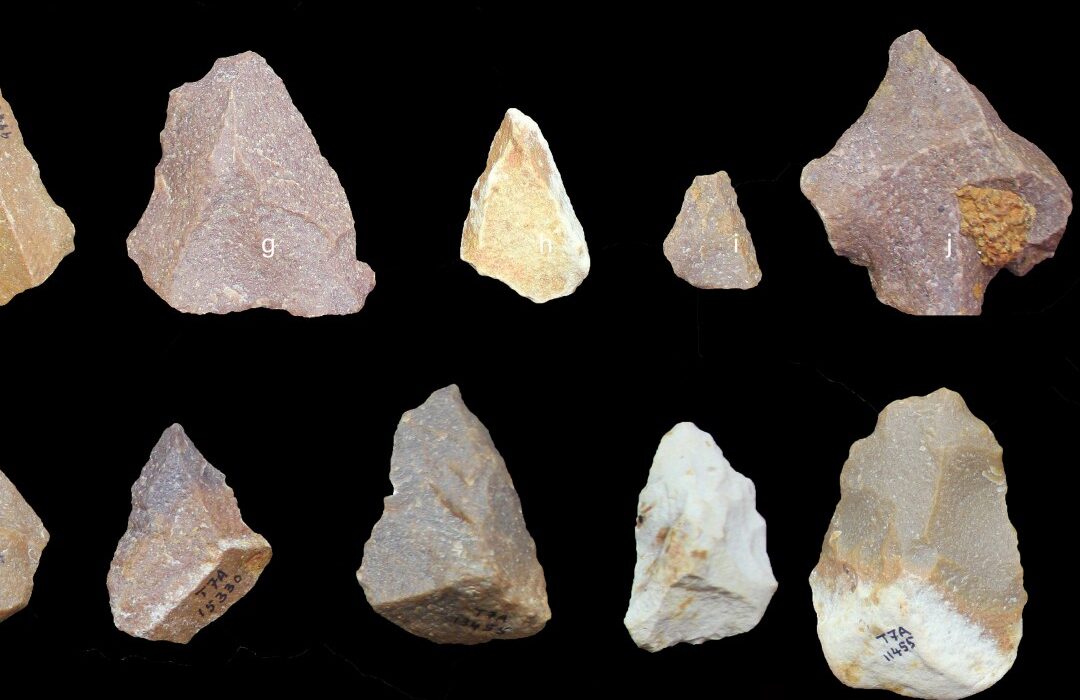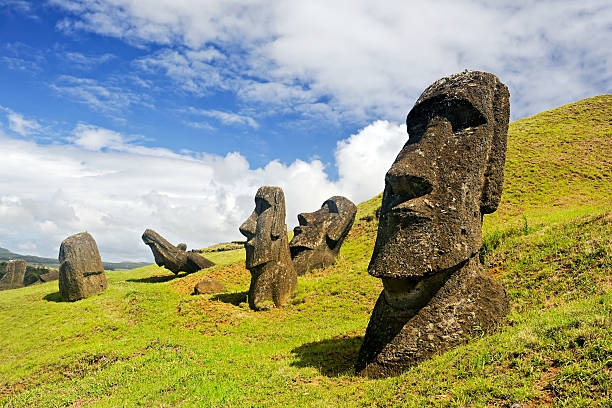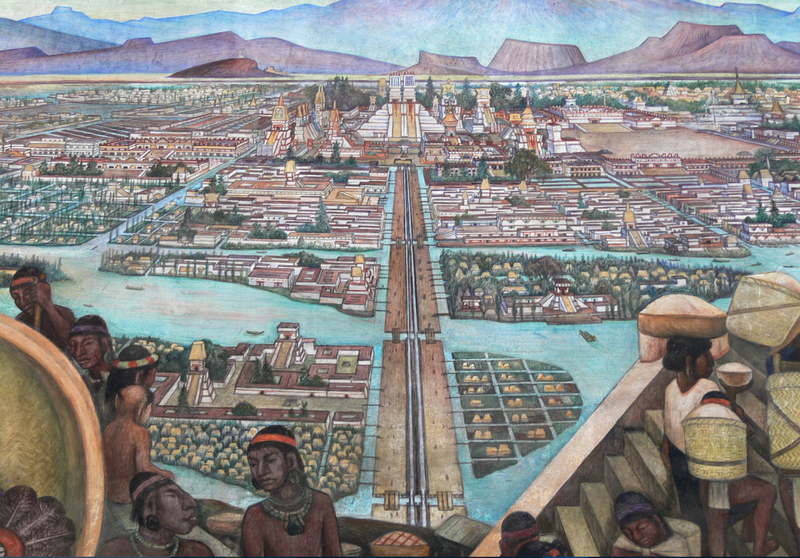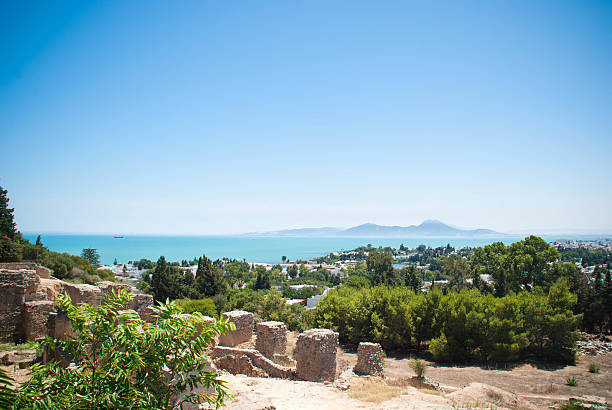Beneath the tranquil waters of the Java Sea, a forgotten world sleeps—one that once bustled with strange elephants, ancient deer, and a remarkable species of early humans. For over 100,000 years, that world lay drowned, buried under layers of sediment and time. Now, in a stroke of scientific luck, it has started to reveal its secrets.
When construction crews began dredging sand from the seafloor near the Indonesian island of Java in 2014 to build a massive artificial island, they had no idea they were digging through deep time. What began as a logistical project for port expansion turned into a paleontological breakthrough.
Among the 6,732 vertebrate fossils recovered from the site were two pieces that stopped researchers in their tracks—ancient fragments of human ancestors. These two fossils, named Madura Strait 1 and 2 (MS1 and MS2), are now rewriting our understanding of where and how early hominins like Homo erectus once lived and migrated.
A First for Submerged Sundaland
The discoveries mark a historic first. Never before had a hominin fossil been recovered from the now-submerged lowlands of the Sunda Shelf—once a vast continent-sized landmass known as Sundaland, exposed during the Pleistocene ice ages when sea levels were dramatically lower.
The Sunda Shelf today sits underwater, a victim of rising seas at the end of the last Ice Age. But tens of thousands of years ago, it connected mainland Southeast Asia to what are now the islands of Indonesia. It was a sprawling savannah, rich in life and, as it turns out, home to ancient humans.
“It’s incredibly rare to find fossils from underwater sites like this,” said Dr. Harold Berghuis, lead author of the study published in Quaternary Environments and Humans. “This is the first definitive evidence that Homo erectus populations extended out onto those now-submerged plains.”
Hidden Bones, Ancient Clues
The fossils were found during the construction of a 100-hectare artificial island by Berlian Manyar Sejahtera (BMS), a port company in East Java. Over five million cubic meters of sand were dredged to shape the new island, and it was only upon later inspection that scientists realized the magnitude of what had been unearthed.
Geological studies and sediment core drilling revealed the fossils came from an ancient river valley that once carved through the now-submerged landscape. Dating of the surrounding sands using Optically Stimulated Luminescence (OSL) placed them between 162,000 and 119,000 years ago, during what scientists call Marine Isotope Stage 6 (MIS6)—a cold, dry period of Earth’s history.
That era likely saw parts of Sundaland transformed into dry grasslands dotted with megafauna like Stegodon trigonocephalus (a dwarf elephant), extinct buffalo species like Duboisia santeng, and deer such as Axis lydekkeri. It was in this wild and open setting that ancient humans made their home.
A Link to Java’s Hominin Past
The two hominin fossils underwent detailed anatomical comparisons with known specimens from across Southeast Asia and China. MS1, the better preserved of the two, shared strong similarities with Homo erectus fossils found in Java dating from roughly 140,000 to 92,000 years ago. The second fossil, MS2, was more ambiguous but resembled archaic forms of Homo.
These findings suggest that Homo erectus—a species that emerged nearly two million years ago and once spread from Africa to China, Georgia, and Indonesia—was not confined to the highlands of Java, as previously believed. Instead, it likely roamed widely across the now-lost savannas of Sundaland.
“This extends the known range of Homo erectus beyond where we previously imagined,” said Dr. Berghuis. “It implies a much broader dispersal across what was then a massive, interconnected landmass.”
Digging Through Time Without Shovels
But uncovering these fossils wasn’t a matter of deliberate excavation. Instead, the discovery rode on the coattails of infrastructure development. Unlike dry land, where archaeologists can dig in targeted areas, underwater exploration is prohibitively expensive. Dredging for fossils from the sea floor only happens as a side-effect of construction.
“You will only get this done for construction work,” said Berghuis. “The only thing we can do is keep in good contact with local port authorities and developers. It is essential that paleontologists be involved from the beginning when these kinds of projects are planned.”
The hope is that other parts of the submerged Sunda Shelf may yield more treasures in the future—if researchers can get there in time.
Mapping a New Chapter in Human Migration
What makes this discovery so significant isn’t just the bones themselves—it’s what they tell us about how early humans adapted to a changing world.
Throughout the Pleistocene, dramatic swings in global sea levels meant that Sundaland periodically vanished and reemerged. Rivers shifted, coastlines moved, and vast corridors opened and closed, creating both barriers and highways for ancient species, including humans.
For decades, the evolutionary history of Homo erectus in Southeast Asia has been largely confined to finds on dry land—especially in Java’s inland highlands. But the Madura Strait fossils suggest a much more dynamic picture.
These early humans weren’t just surviving—they were thriving, adapting, and expanding into new environments as landscapes transformed. Their presence on the exposed shelf during MIS6 points to strategic movements across a land that was destined to disappear.
The Ocean Holds More Stories
The discovery has sparked renewed interest in the paleontology of the Sunda Shelf. Scientists have long suspected that the now-submerged plains of Sundaland hold critical clues to understanding early human dispersal into Island Southeast Asia and even toward Australia.
With the right conditions, more hominin fossils could lie buried beneath the sea—waiting for ports, dredges, or daring scientific missions to uncover them.
But time, tides, and economic pressures make such opportunities rare. “Extracting seabed sand is very expensive,” Dr. Berghuis emphasized. “There may, of course, one day be a new sand extraction work scheduled here, or in a nearby site. If so, it is essential that we are ready.”
A Glimpse into Who We Were
In the end, these two ancient fragments of bone—weathered, quiet, and long forgotten—speak loudly across time. They tell of a species not just surviving but exploring, claiming new lands, and adapting to changing worlds.
They remind us that long before GPS, ships, or even maps, our ancestors walked—and sometimes waded—into the unknown. That they lived in lands now lost beneath the waves, and that those lands still hold untold stories of who we were and how we became who we are.
For now, the sea keeps most of its secrets. But thanks to a bit of sand dredged for a cargo island, we’ve been given one more piece of the puzzle—and it fits.
Reference: H.W.K. Berghuis et al, The late Middle Pleistocene Homo erectus of the Madura Strait, first hominin fossils from submerged Sundaland, Quaternary Environments and Humans (2025). DOI: 10.1016/j.qeh.2025.100068






